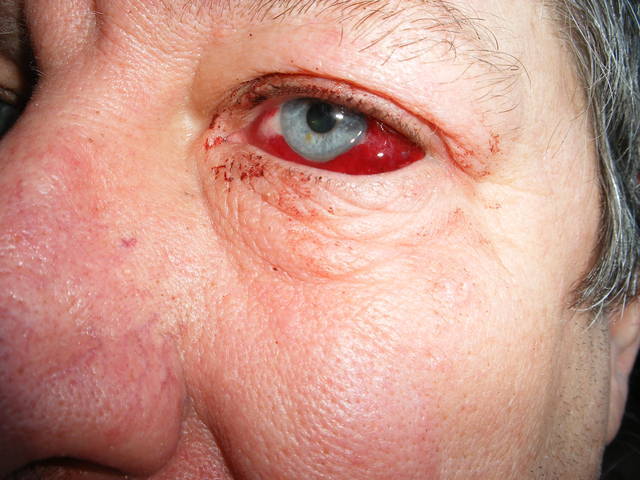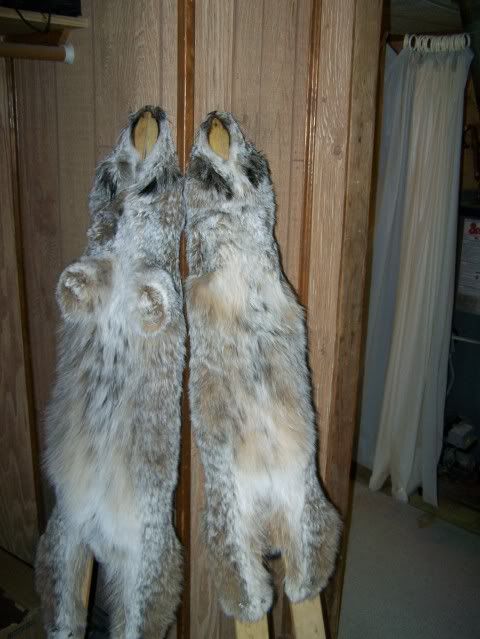There is no better price for feet on or feet off. Having said that there are rare occasions when they get a taxi request. In this case there is a search through the lynx to find a suitable specimen. Usually it will be a private treaty item sold for the same price or more than the lot where it would have been. The chance of your lynx being chosen is like a lottery draw with no big prize if drawn.

When I put up lynx the front legs are cut off at the elbow joint (if you want to call it that)and on the back legs all of the fur right to the top of the foot is left on. Just the toes and pads are left on the foot. The back legs can be shortened also if you wish.
If there are auction lots with feet on, mostly Alaskan lynx, it is probably because they are a better grade of lynx and belong with each other. The Alaskan lynx, as I recall have longer,silkier guard hair, and mostly have brighter bellies.
The one main reason you will see the Alaska lynx on there own is to do with CITES. All of the CITES papers and tags are preprocessed before they go to Toronto. Due to problems of a lot being shipped out of Canada after the sale that are mixed, some CITES tags already and some not causes some jurisdictional and paper work problems. So it makes sense to keep them separate.
Those front legs if pinned out on a small board so they dry evenly prior to turning fur out will not taint if left tucked inside the pelt. Being a very thin skinned animal they will dry very fast and dry enough to leave tucked in.






